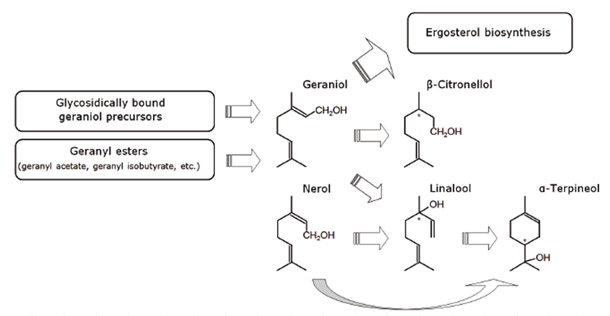BEER AND WINE LINKS, MUSING 12.31.18
Reflections on my first year as the craft beer industry’s first Diversity Ambassador.
Before complaining that lists dominated the online beer space the past week, there is this, which is wonderful and you really should get to reading right now. You don’t have to come back here. My feelings will not be hurt. Scrolling through an eighth time to pick a sentence that might draw you in, I kept thinking, this one is perfect, no, wait, this one is better, how about this whole paragraph? I’m going with this because, as it should be, you can replace the words “craft beer” with “our lives” and it works.
“I fear that if we continue speak in terms of the finish-line, we will forget that we have a marathon to run. For what it’s worth, I would rather have this conversation in terms of the process–what we need to be or do to progress toward the goal of a more diverse craft beer industry. I would rather have conversations about inclusion, equity, and justice.
Not long after I posted last week’s rather spare beer links o’ the week, Alan McLeod tweeted: “As I look towards Thursday then consider when this week is over, I think folk will remember Stan’s news update as the wordy one.”
Indeed, Boak and Bailey probably had the right idea, passing on roundups the last two Saturdays, because unless you are a fan of lists beer reading has been rather spare the last couple of weeks. These include best beers, biggest beer news, and predictions about what is to come. And as McLeod pointed out, a list of favorite beers isn’t real useful if you can’t drink those beers yourself. And Jeff Alworth acknowledged the limitations of picking the “best” even within a particular region. So the best of the yearenders (beer related and otherwise):
Read more
